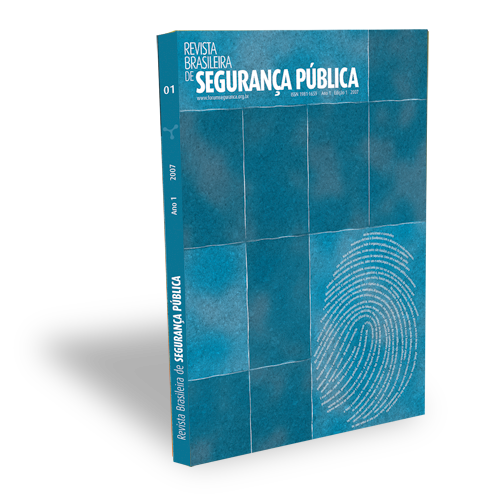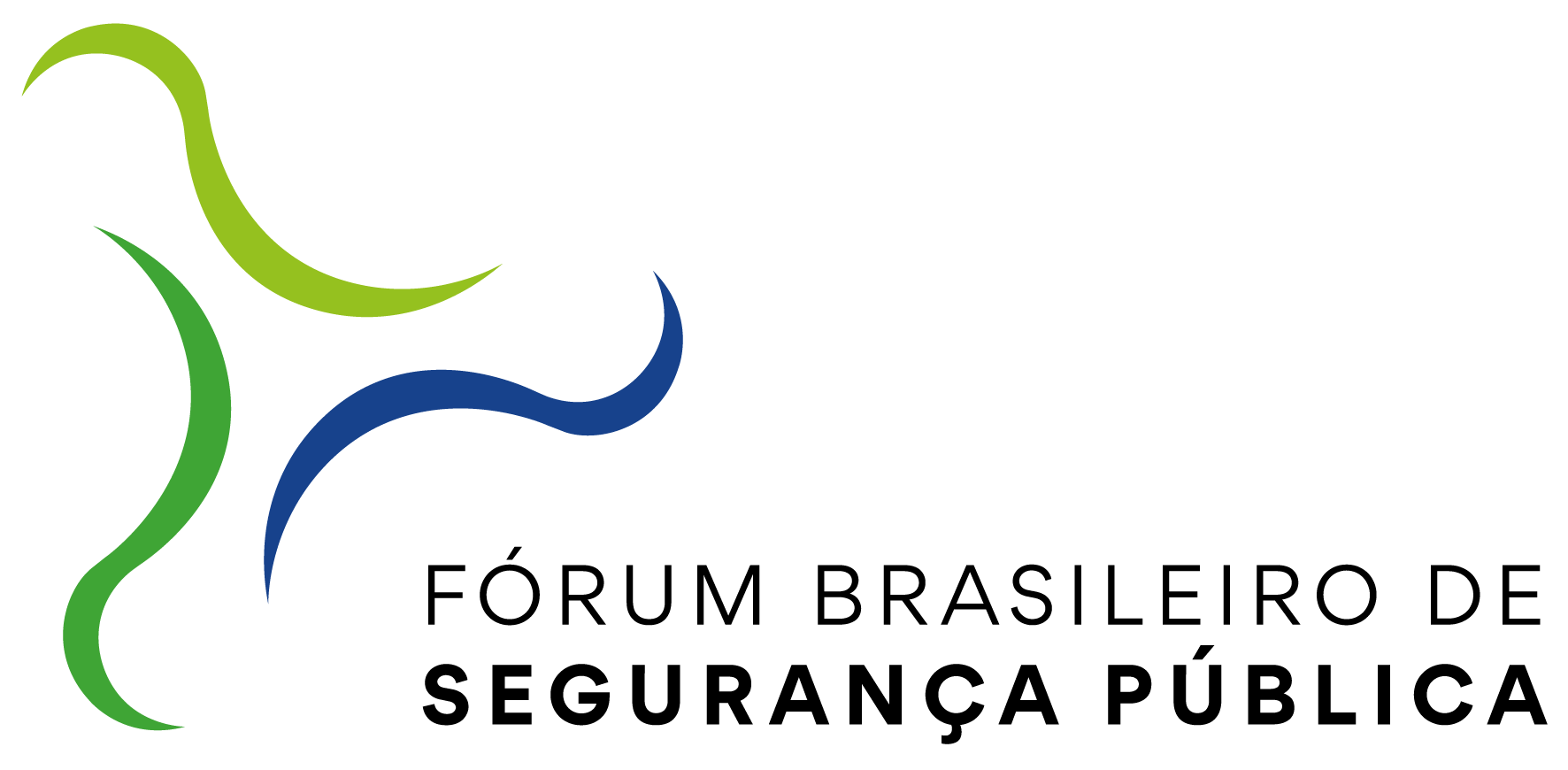Paths to innovation in public security in Brazil
DOI:
https://doi.org/10.31060/rbsp.2007.v1.n1.34Keywords:
Public Safety Policy, Innovation, Situation of Risk, Crime and Violence PreventionAbstract
In spite of the serious public security situation in Brazil, the country maintains an inefficient, violent and corrupt police model, as well as an essentially repressive criminal policy that has produced high incarceration rates and more violence. The main innovations in experiences of police reform in several countries of the world and the new strategies and approaches in public security in the last three decades have not yet spread to Brazil. This paper assesses the conservative reaction to ideas of change and reform in public security policy in Brazil and proposes two innovative approaches for a policy capable of preventing crime and violence.
Downloads
References
BRODEUR, Jean Paul. (2005), Como reconhecer um bom policiamento. São Paulo: Edusp.
CORDNER, Gary W., FRASER, Craig B. e WEXLER, Chuck. (1991), “Research, Planning and Implementation.” in: William A. Geller (ed.), Local Government Police Management, Washington, D.C.: International City Management Association.
COHEN, M. A. 1998, “The monetary value of saving a highrisk youth”, Journal of Quantitative Criminology 14(1): 5-33, citado por WILLIAM CHRISTESON e SANFORD NEWMAN 2004.
DELEUZE, Gilles & GUATTARI, Félix (1995), Mil platôs – capitalismo e esquizofrenia. V. 1. Rio de Janeiro: 34.
GIDDENS, Anthony. (2001), Em defesa da Sociologia: ensaios, interpretações e tréplicas. São Paulo: UNESP.
GOLDSTEIN, Herman. (1990), Problem oriented Policing. New York: McGraw Hill.
GREENE, J.R. (2002), “Avaliando as estratégias planejadas de mudança no policiamento moderno: implementando o policiamento comunitário”. in: Brodeur, Jean Paul (ed,), Como reconhecer um bom policiamento. São Paulo: Edusp.
GREENE, M. (1980). Incapacitation effect of imprisonment policies on crime. Pittsburgh: Carnegie Mellon University, Tese de Doutorado.
JUSTIÇA GLOBAL, NÚCLEO DE ESTUDOS NEGROS. (2003), Relatório de Execuções Sumárias no Brasil 1997-2003.
KENNEDY, D. M., “A Look at Reacting to Violence, but Boston Proves Something Can Be Done”, em The Washington Post, 23 de maio de 1999, cit. por WILLIAM CHRISTESON & SANFORD NEWMAN, 2004.
LANE, Roger (2003), “Polícia urbana e crime na América do século XIX”. in: Michael Tonry & Norval Moris (Orgs.), Policiamento moderno. São Paulo: Edusp.
MILLER, Jerome G. (1996), Search and Destroy: african-american males in the criminal justice system. Cambridge University Press.
MINAYO, Maria Cecília de Souza. (2004), “Violência: um tema que a realidade social impõe à atenção médica”.
MIR, Luís. (2004), Guerra civil, Estado e trauma. São Paulo: Geração Editorial. MONET, Jean Claude. (2001), Polícias e sociedades na Europa. São Paulo: Edusp.
MOSELEY, D., CLARK, J., BAUMFIELD, V., HALL, E., HALL, I., MILLER, J., BLENCH, G., GREGSON, M.; SPEDDING, T.; SODEN, R. e LIVINGSTON, K. (2006), Developing oral communication and productive thinking skills in HM Prisons.
RAMOS, Sílvia & PAIVA, Anabela. (2005), Mídia e violência: como os jornais retratam a violência e a segurança pública no Brasil. Relatório preliminar de pesquisa. Rio de Janeiro, CESEC/ FORD FOUDATION/ ANDI.
ROGERS, Everett M. (1995), Diffusion of Innovations. New York: Free Press.
SEYMOUR, Mairéad. (2006), Alternatives To Custody.
SOARES, Luiz Eduardo. (2006), Legalidade libertária. Rio de Janeiro: Lumen Júris.
TONRY, M. e FRASE, R.S. (eds.) (2001), Sentencing and Sanctions in Western Countries. New York: Oxford University Press.
WEISBURD, David e BRAGA, Anthony A. (2006), “Understanding police Innovation”, in: Police Innovation: Contrasting Perspectives. Cambridge University Press: Cambridge, UK.
WEISBURD, D., e ECK, J. (2004), “What can police do to reduce crime, disorder, and fear?” The ANNALS of the American Academy of Political and Social Science.
WELSH, B. C. (2003), Economic costs and benefits of primary prevention of delinquency and later offending: A review of the research. Em D. P. Farrington & J. W. Coid (eds.), Early prevention of adult antisocial behavior, London: Cambridge University Press.
WIEBE, D. J., MEEKER, J. D., e VILA, B. (1999), The Orange County Gang Incident Tracking System: Hourly trends of gang crime incidents, 1995–1998. Washington, DC: U.S. Department of Justice, Office of Justice Programs, National Institute of Justice and the Office of Juvenile Justice and Delinquency Prevention.
WILLIAM CHRISTESON , M.H.S. e SANFORD NEWMAN, J.D. (2004), Caught in the Crossfire:Arresting Gang Violence By Investing in Kids A Report from FIGHT CRIME: INVEST IN KIDS, Washington, DC.
Downloads
Published
How to Cite
Issue
Section
License
Copyright (c) 2012 Revista Brasileira de Segurança Pública

This work is licensed under a Creative Commons Attribution 4.0 International License.
Licensing
The Brazilian Journal of Public Security uses the Creative Commons License as a form of licensing for its published works. The license used follows the CC BY 4.0 - Attribution 4.0 International model.
To see the permitted rights please go to the full licence or to our Copyright and Licensing page.



